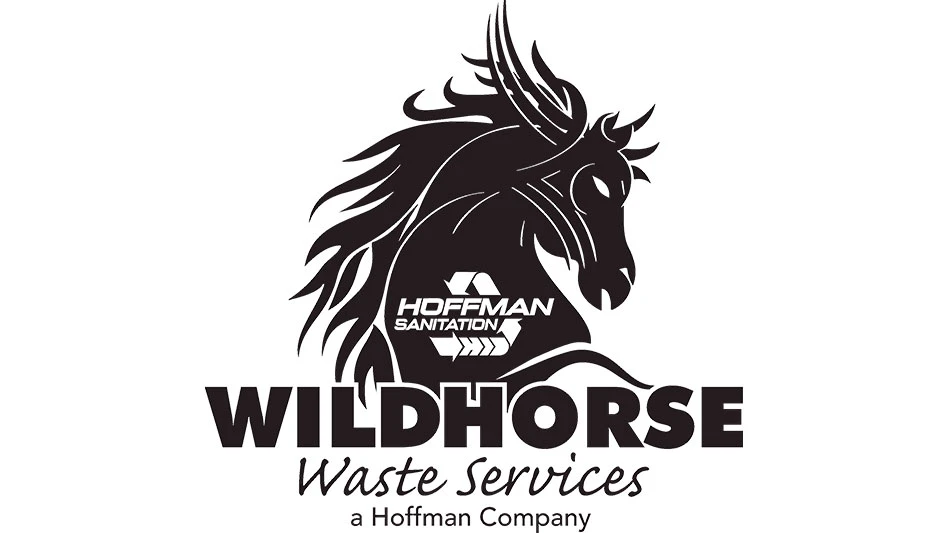
Lately, there have been commentaries and discussions about how recycling is “broken” in the U.S. With the changing policies in China, labor shortages exacerbated by the COVID-19 pandemic and fluctuations in commodity prices, it is easy to focus on these issues and assume that recycling doesn’t work. However, as someone who works in the recycling sector, I can tell you that recycling isn’t broken; but now is the time to find the solutions necessary to adapt recycling for viability in the future.
Recycling in today’s world has many issues, but two key problems stand out. The first is the ever-evolving curbside recycling stream, and the second is the aging processing infrastructure built to recover these materials. Much of the current single-stream infrastructure was designed and built in the 2000s, a time when newspaper and office paper were still common, cardboard was used mostly for appliances from box stores and bottled water was an oddity. Much of the processing equipment focused on separating large cardboard, flat fiber and round bottles and cans from curbside collections. Now, there is a wide variety of sizes and shapes of cardboard from the explosion of home delivery; there is much less office paper and newspaper; and plastic containers come in all sorts of shapes, sizes and materials.
Processing equipment manufacturers have made strides in addressing these issues by designing turnkey systems with fewer screens and more optical units and robotics. But implementing these systems adds capital costs, and there are still issues associated with separating items that could be recyclable but are difficult or expensive to capture.
While additional technology that could assist in the recovery of more types of packaging items is possible, this level of research and development is a massive ask of the equipment vendors without additional funding assistance.
Efforts should be made for federal infrastructure money, direct assistance from packaging producers and extended producer responsibility funds to be used to set up pilot systems that collaborate with equipment manufacturers to look into new ways to recover these materials. This could lead to innovative methods of recovering packaging and single-use items that could enhance recovery for reuse and diversion from landfill.
We must look at new ways to increase recycling rates and recover the more difficult materials for reuse. One possibility is to change the collection scheme. It also might be time to revisit the idea of wet and dry collections and target the packaging materials that make up most of residential household waste.
In a recent waste composition study performed by Gershman, Brickner & Bratton in a Michigan locality, approximately 68 percent of “waste” discarded from residential households would be considered packaging, single-use or similar materials. This does not count materials sent to recycling, which would likely push the household output of packaging to more than 70 percent (not including glass).
Optimizing wet and dry collections and making them exclusively for packaging, paper and single-use materials could help improve the recycling rate and the amount of materials recovered. In the case of the recent waste composition study, 32 percent of the packaging was dry, and 36 percent was wet or contaminated materials (including food waste that was frequently still inside the packaging, as well as diapers).
These could be picked up once weekly (or more often, depending on location). Then, once or twice a month, other nonpackaging materials, such as bulky items and clothing, could be collected. The technology to process these streams is nearly viable. Still, manufacturers would need pilot programs and additional development to produce new, marketable equipment for recovery and recycling.
Educating the public about a wet and dry system of collection would be relatively easy and straightforward. The collection costs should not be drastically different than they are now and, in some cases, might cost less depending on the recovery infrastructure.
With high participation, a wet/dry collection system aligning with current material streams could propel municipalities’ residential recycling rates to nearly 70 percent, and many of the items that end up in the other trash bin can be the focus of source-separation campaigns for alternative recovery. While there still needs to be some technological breakthroughs at the commercial scale for this to be successful, this could be the future of recycling and should be a focus of funding available to improve recycling in the U.S.

Explore the October 2022 Issue
Check out more from this issue and find your next story to read.
Latest from Waste Today
- Hawaii to conduct packaging EPR study
- Toyota Material Handling to attend National Forklift Safety Day
- California's Catalina Island gets CRV redemption access
- Industry veteran Joe Dunlop joins GBB as project manager
- Possible explosion averted at Spokane, Washington, transfer station
- Austin Resource Recovery expands waste collection services
- GFL acquires OSI Environmental
- REMADE announces request for information for New York State Waste Tire Program





